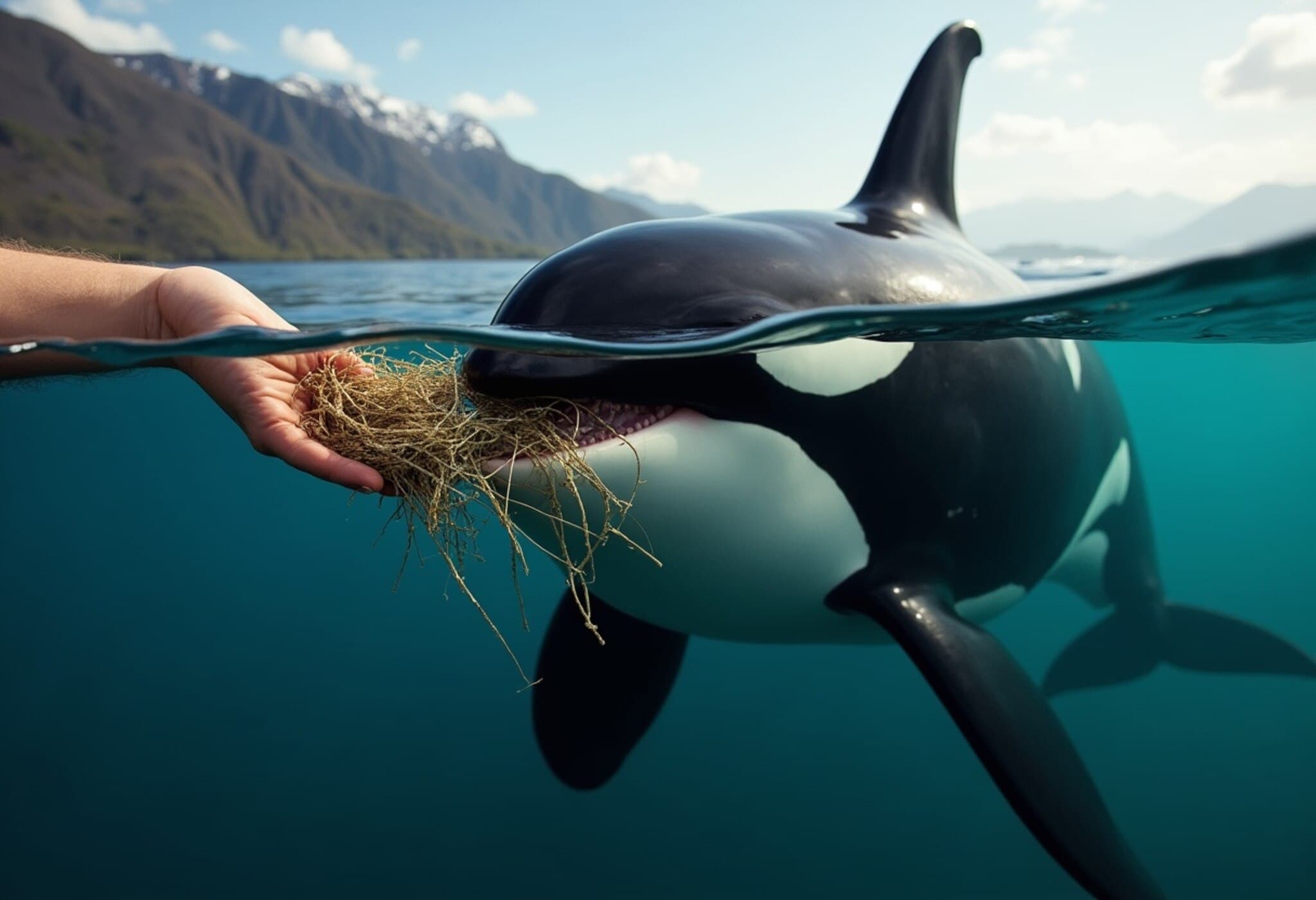Unveiling Life 31,000 Feet Beneath the Pacific: A Hidden Deep-Sea Ecosystem
In a discovery that stretches the limits of our understanding of life on Earth, scientists have identified thriving ecosystems more than 31,000 feet (approximately 9,450 meters) beneath the northwest Pacific Ocean’s surface. This realm, previously thought nearly inhospitable, houses uniquely adapted organisms that survive without a hint of sunlight, relying instead on chemical energy from the Earth itself.
The Astonishing Depths of Life
At such staggering depths, sunlight cannot penetrate, making traditional photosynthesis impossible. Instead, this newly uncovered ecosystem depends on chemosynthesis—a process where microbial life forms convert chemicals like methane and hydrogen sulfide seeping from the ocean crust into usable energy. These chemosynthetic microbes set the foundation for a complex food web supporting larger creatures like tube worms, clams, and marine snails clustering around hydrothermal vents and cold seeps.
Extreme Conditions, Extraordinary Adaptations
The environment here is nothing short of brutal: crushing pressures exceeding 1,000 times atmospheric pressure, near-freezing temperatures, and complete darkness define the habitat. Yet life thrives, challenging previous scientific assumptions about biological limits. Such resilience hints at life's remarkable ability to adapt and survive in isolated and extreme environments — insights that may even inform our search for life beyond Earth.
Fendouzhe Submersible: Pioneering Exploration at Unthinkable Depths
This breakthrough wouldn’t have been possible without the cutting-edge Fendouzhe submersible, one of the few vessels engineered to explore these crushing depths safely. Equipped with advanced high-resolution cameras and robotic samplers, the submersible allowed scientists to document, collect, and study deep-sea organisms firsthand—yielding images and data from areas previously beyond reach.
The findings, published by the Chinese Academy of Sciences, do more than extend the known boundaries of marine biology—they open doors for crucial research into deep-ocean ecosystems that play an understated, yet vital role in Earth's overall health and biogeochemical cycles.
Why This Discovery Matters
- Redefining Biological Limits: Demonstrates life’s persistence in total isolation from sunlight, expanding understanding of ecological adaptability.
- Implications for Astrobiology: Suggests that extraterrestrial environments with similar chemical energy sources might support life.
- Environmental Significance: Deep-sea ecosystems influence global carbon cycling and ocean chemistry, underscoring the need for conservation efforts.
Critical Perspectives: Underreported Narratives
While this discovery is sensational, it raises important questions about the vulnerability of deep-sea environments amid increasing human intrusion through deep-sea mining and climate change. These fragile ecosystems are less understood and protected, yet they sustain vital planetary processes. How can policy frameworks adapt to safeguard such mysterious and remote habitats?
Looking Forward: Exploring Earth's Final Frontiers
This deep-sea expedition reminds us of the vast unknowns still lurking on Earth, parallel to the cosmic mysteries beyond. Continued investment in technology and international collaboration will be critical in unveiling these enigmas and responsibly stewarding our planet’s last frontiers.
Editor’s Note
This discovery not only captivates the imagination but also invites profound reflection on life’s resilience and adaptability. As we marvel at these alien-like creatures thriving miles beneath the ocean’s surface, it’s imperative to question how humanity’s expanding footprint will impact these hidden worlds. Protecting such extreme yet delicate ecosystems must become a global priority, bridging science, policy, and public awareness.
— The Science Desk, Bringing You Closer to the Wonders of Nature














